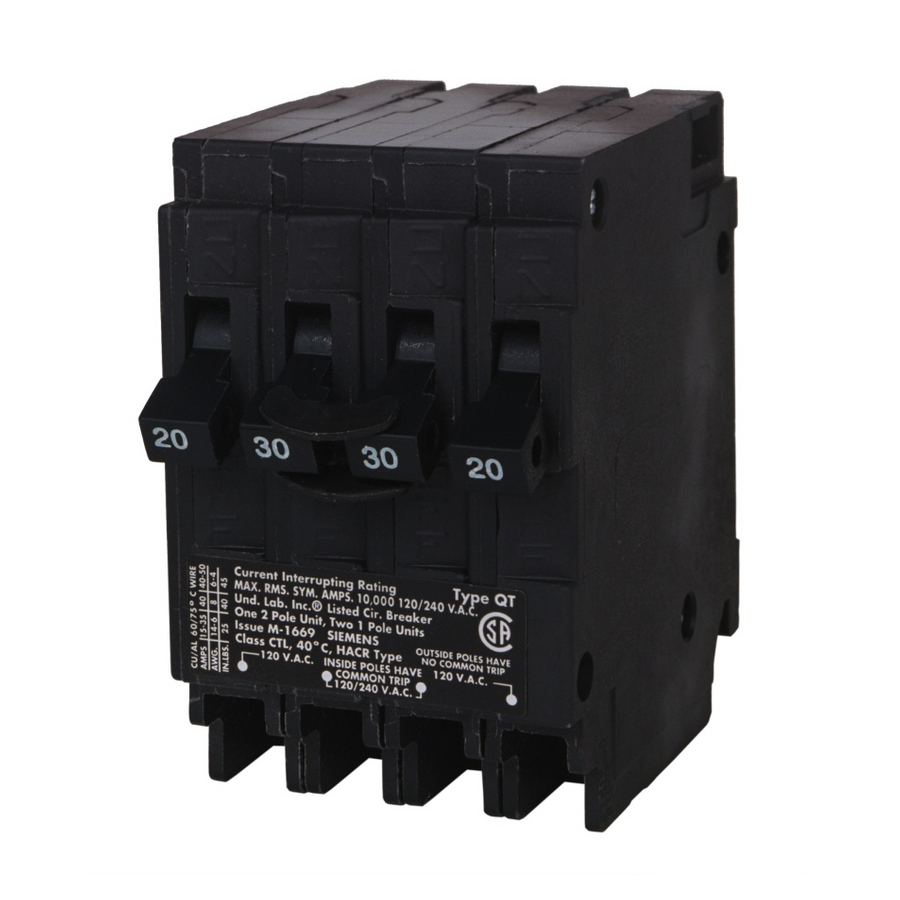madpenguin
Member
Here. I found this link I've been looking for. It's a well built light controller if this is actually your ultimate goal. All you would need to do is find a bigger enclosure and put your SSR and controller before the mechanical relay. Of course, I'd keep the controller out of the box but put the ssr inline before the mechanical relay.
http://www.hydroponics.net/learn/grow-light-controller.asp
You could either use the above for all 240v or a mix and match of 240v and 120v.
Personally, I'm not a big fan of those SJO cords hanging out of the box. I'd probably use Bell boxes to directly attach to the sides of the enclosure. They are the square metal gang boxes that have threaded openings. Usually have a gray powder coat finish. A metal romex connector without using the screw on lock bushing mates the bell box and enclosure quite nicely. Then you just have the mechanical relay switch receptacles on and off. No loose cords flopping around.....
http://www.hydroponics.net/learn/grow-light-controller.asp
You could either use the above for all 240v or a mix and match of 240v and 120v.
Personally, I'm not a big fan of those SJO cords hanging out of the box. I'd probably use Bell boxes to directly attach to the sides of the enclosure. They are the square metal gang boxes that have threaded openings. Usually have a gray powder coat finish. A metal romex connector without using the screw on lock bushing mates the bell box and enclosure quite nicely. Then you just have the mechanical relay switch receptacles on and off. No loose cords flopping around.....


 This is definitely the toughest part to figure out for us as far as the construction of our room is concerned. Building walls, hanging rock etc. is no problem, but running the wiring is still eluding us. I hope that I am using terms correctly below for you.
This is definitely the toughest part to figure out for us as far as the construction of our room is concerned. Building walls, hanging rock etc. is no problem, but running the wiring is still eluding us. I hope that I am using terms correctly below for you.

 but I really do appreciate the help. I just want to run a safe operation.
but I really do appreciate the help. I just want to run a safe operation.
